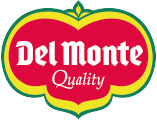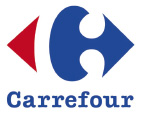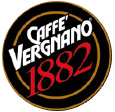The revolution began with plastic bags.
Here’s what will happen now to the packaging. The green is one of the trends that more than others is imposing on society. Separate waste collection, electrical machines, digitization and increasingly sustainable companies are becoming the norm. Should packaging also become completely sustainable?

This is what common sense says, but also the law (remember, for example, the recent law on compostable bags for fruit). But not only that, consumers also say it! According to the Nielsen survey “Global Survey of Corporate Social Responsibility and Sustainability”, the average consumer is increasingly concerned about sustainability. Also in the packaging. The interesting thing is that the most scrupulous consumers also look at company policies, and are much more likely to buy products from green companies than those that are not. The point of conjunction with the packaging is right here. The consumer interacts with a company first of all from the product. And the first interaction between product and consumer lies in the packaging.
Packaging is the first thing the consumer sees, touches, feels. Packaging is the one that can decree the success or failure of a product on supermarket shelves. But it is also the mirror of companies. A green packaging denotes a green company So you understand that packaging is of fundamental importance, which is often not thought about. Sustainability is so important that, according to the Nielsen study, internationally, 66% of consumers are even willing to pay more for sustainable products. The research involved 30,000 individuals in 60 countries. In Italy things are very similar: 52% of consumers are willing to pay more for products coming from sustainable brands. It is interesting to note that, according to the Nielsen research, this figure was 44% in 2013 and 45% in 2014). And packaging is nothing more than a reflection of the company and of the product. So it’s no wonder that 51% of Millennials look for clues about the sustainability of the product and packaging before making a purchase. This means that, by simplifying, if the packaging is not sustainable, Millennial does not buy. Or at least buy much less than a green packaging. Logos and recognized brands that attest to the sustainability of the product and the packaging are also essential to convince the consumer.
Is your packaging sustainable?
Is it in step with the times or does it not hold the battle on the shelves?
Being chosen on the shelves and in the refrigerated counters is essential. And you can only win this battle with a green packaging and a strong identity. A packaging that differs from all the others, with exceptional quality and design.










